IUPAC NameFormulae of ligand(i)Bromo(A)CO(ii)Carbonyl(B)C6H5COO−(iii)Benzoato(C)H2O(iv)Aquo(D)Br−
The correct match is Solution in Telugu
iiiiiiivDABC
iiiiiiivDBAC
iiiiiiivDACB
iiiiiiivDCAB
The correct Answer is:A
Step by step video, text & image solution for {:("IUPAC Name", "Formulae of ligand"),((i)"Bromo",(A)CO),((ii)"Carbonyl",(B)C_(6)H_(5)COO^(-)),((iii)"Benzoato",(C)H_(2)O),((iv)"Aquo",(D)Br^(-)):} The correct match is by Chemistry experts to help you in doubts & scoring excellent marks in Class 12 exams.
Updated on:21/07/2023Topper's Solved these Questions
- CO-ORDINATION COMPOUNDSBOOK - AAKASH SERIESCHAPTER - CO-ORDINATION COMPOUNDSEXERCISE - LEVEL-I (EXERCISE-II)
52 Videos
- CO-ORDINATION COMPOUNDSBOOK - AAKASH SERIESCHAPTER - CO-ORDINATION COMPOUNDSEXERCISE - LEVEL-II LECTURE SHEET EXERCISE-I (Single & One or more than One Correct Answers )
41 Videos
- CHEMISTRY IN EVERYDAY LIFE BOOK - AAKASH SERIESCHAPTER - CHEMISTRY IN EVERYDAY LIFE EXERCISE - PRACTICE SHEET - 2 (PRACTICE SHEET -2 (INTEGER ANSWER TYPE QUESTIONS))
7 Videos
- COMPLEX COMPOUNDS BOOK - AAKASH SERIESCHAPTER - COMPLEX COMPOUNDS EXERCISE - PRACTICE EXERCISE
45 Videos
Similar Questions
The primary valency of the central transition metal ion in a complex compound (Cr(NH3)4Cl2]Cl
View SolutionWhich statement is incorrect :
View SolutionOne mole Benzene in presence of light on reaction with 'x' moles of Cl2 forms B.H.C. what is 'x' ?
View SolutionThe primary and secondary valencies of the central metal ion in the complex [Co(NH3)6]Cl3 respectively are
View SolutionSelect the correct answer:
a.
i. PhOC2H5 ii. Ph−−−O−−−Ph
iii. PhI iv. C2H5OC2H5
b.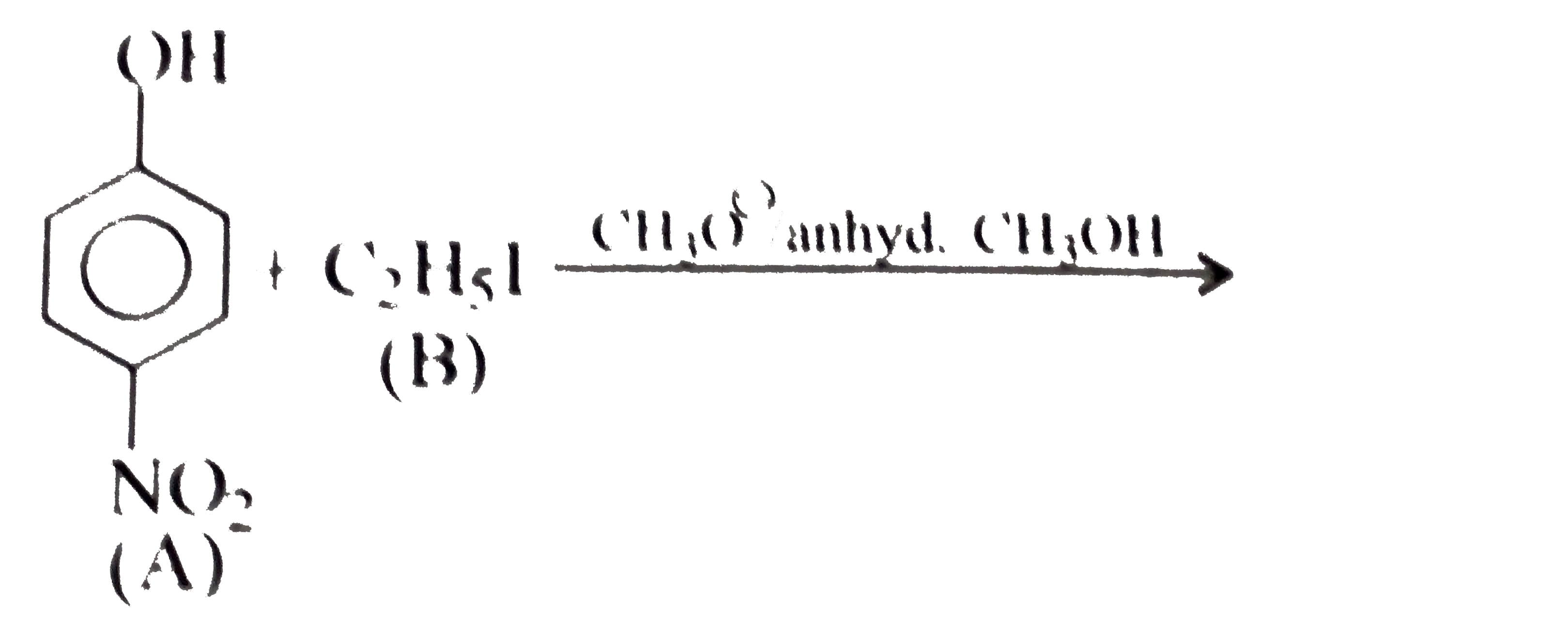
i. p−−NO2−−C6H4−−OC2H5
ii. p−−NO2−−C6H4−−O−−C6H4−−NO2−−p
iii. C2H5−−O−−CH3
iv. p−−NO2−−C6H5−−I.
c.
i. C6H5CH2−−O−−Ph
ii. C6H5CH2−−O−−C2H5
iii. Ph−−O−−C2H5
iv. C2H5−−O−−C2H5
d.
i. C6H5CH2−−O−−C2H5
ii. C6H5−−CH2−−O−−Ph
iii. Ph−−O−−C2H5
iv. C2H5−−O−−C2H5 .
e.
i.
ii.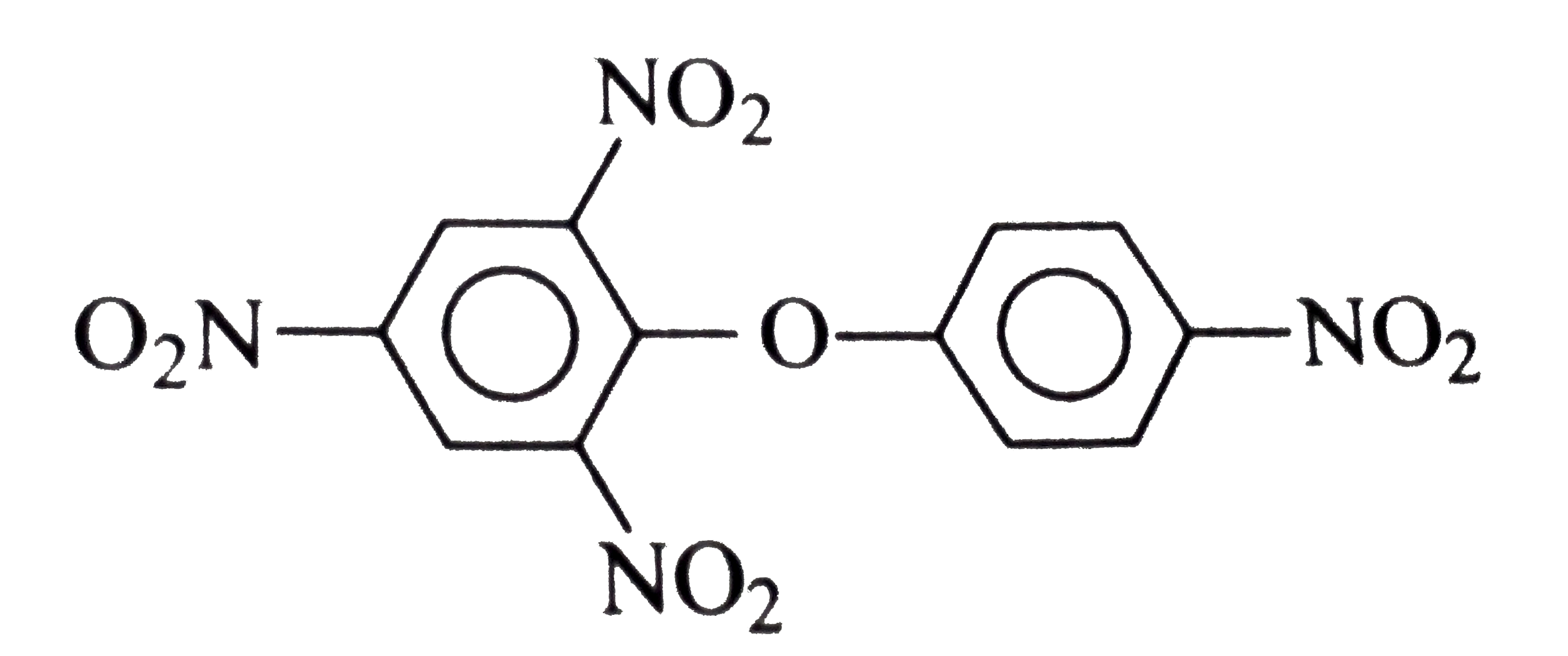
iii.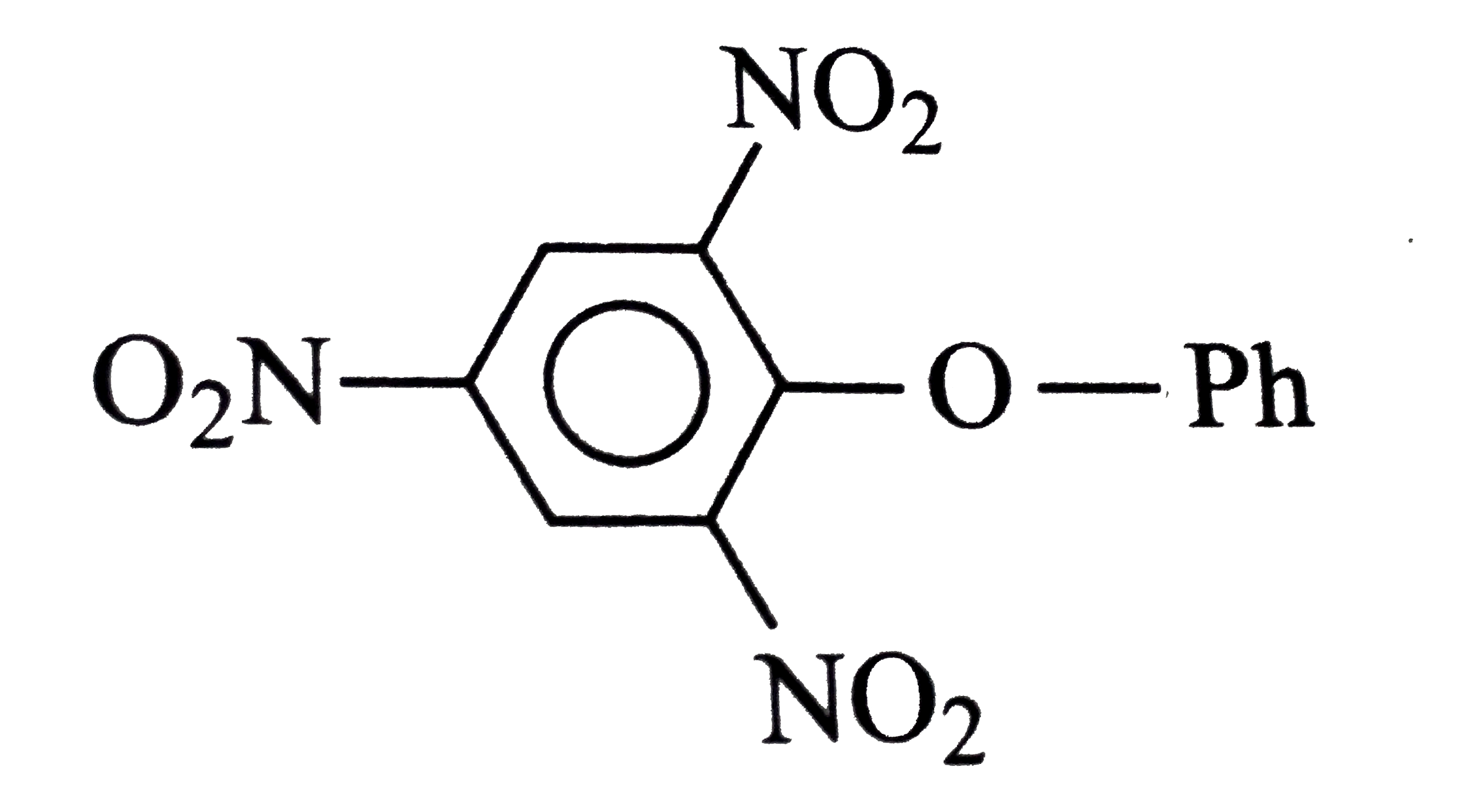
iv.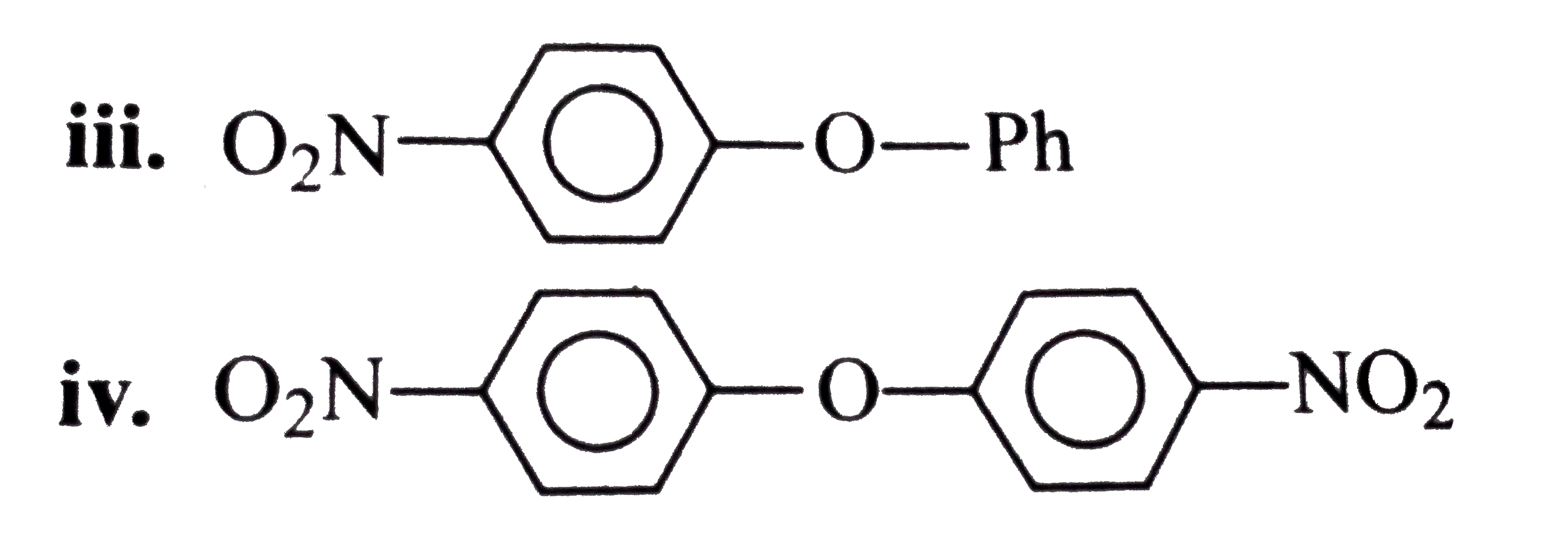
f.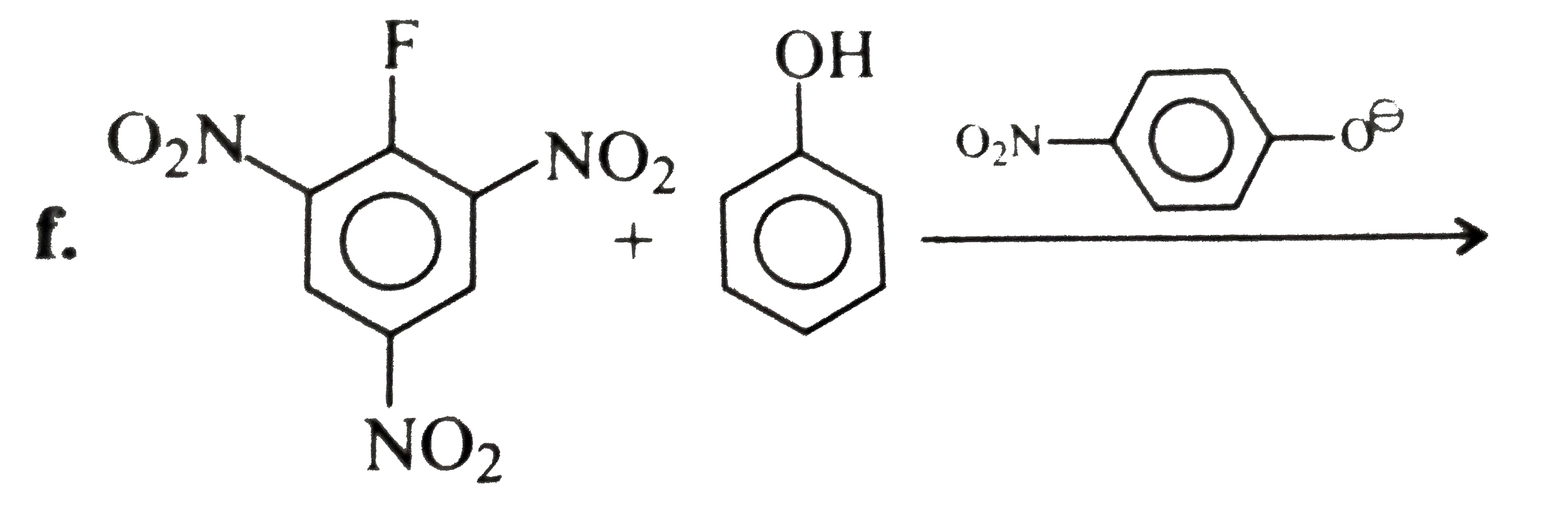
i.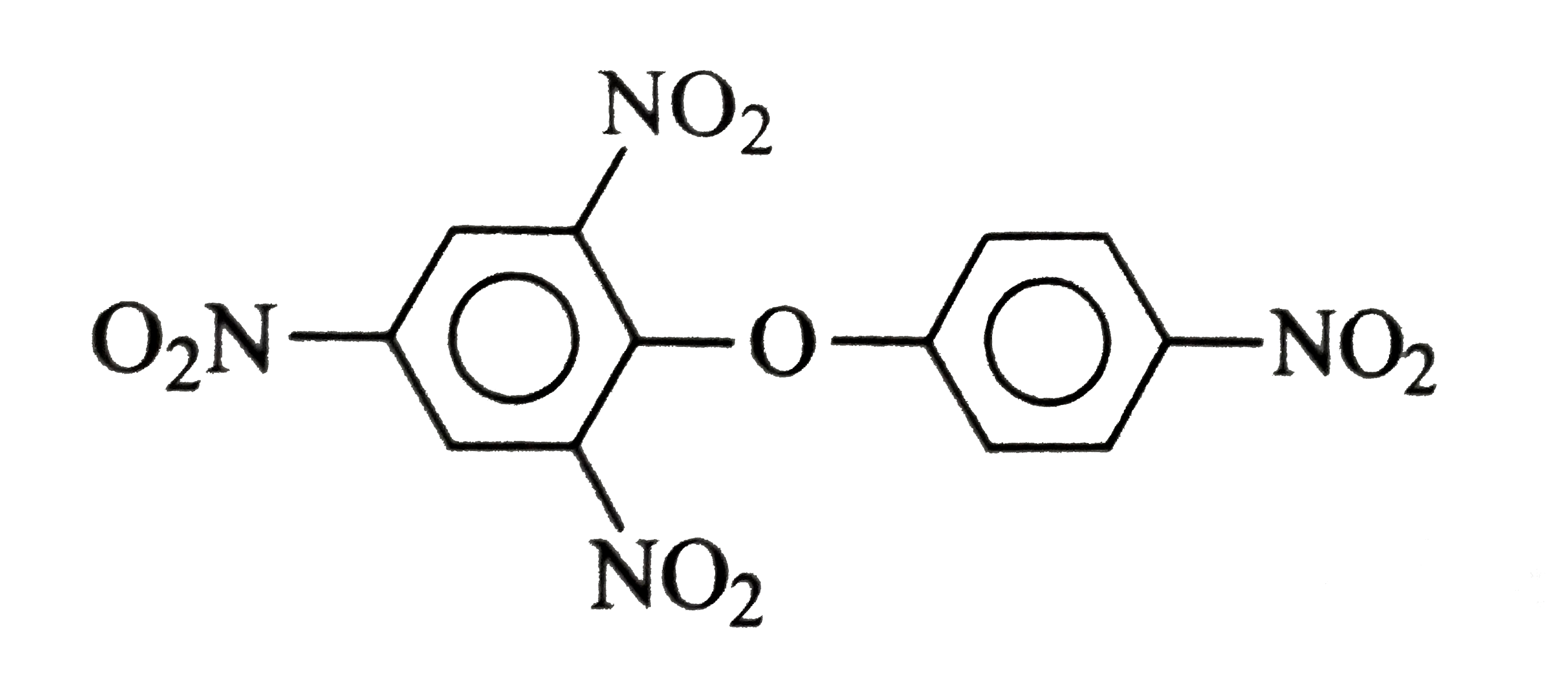
ii.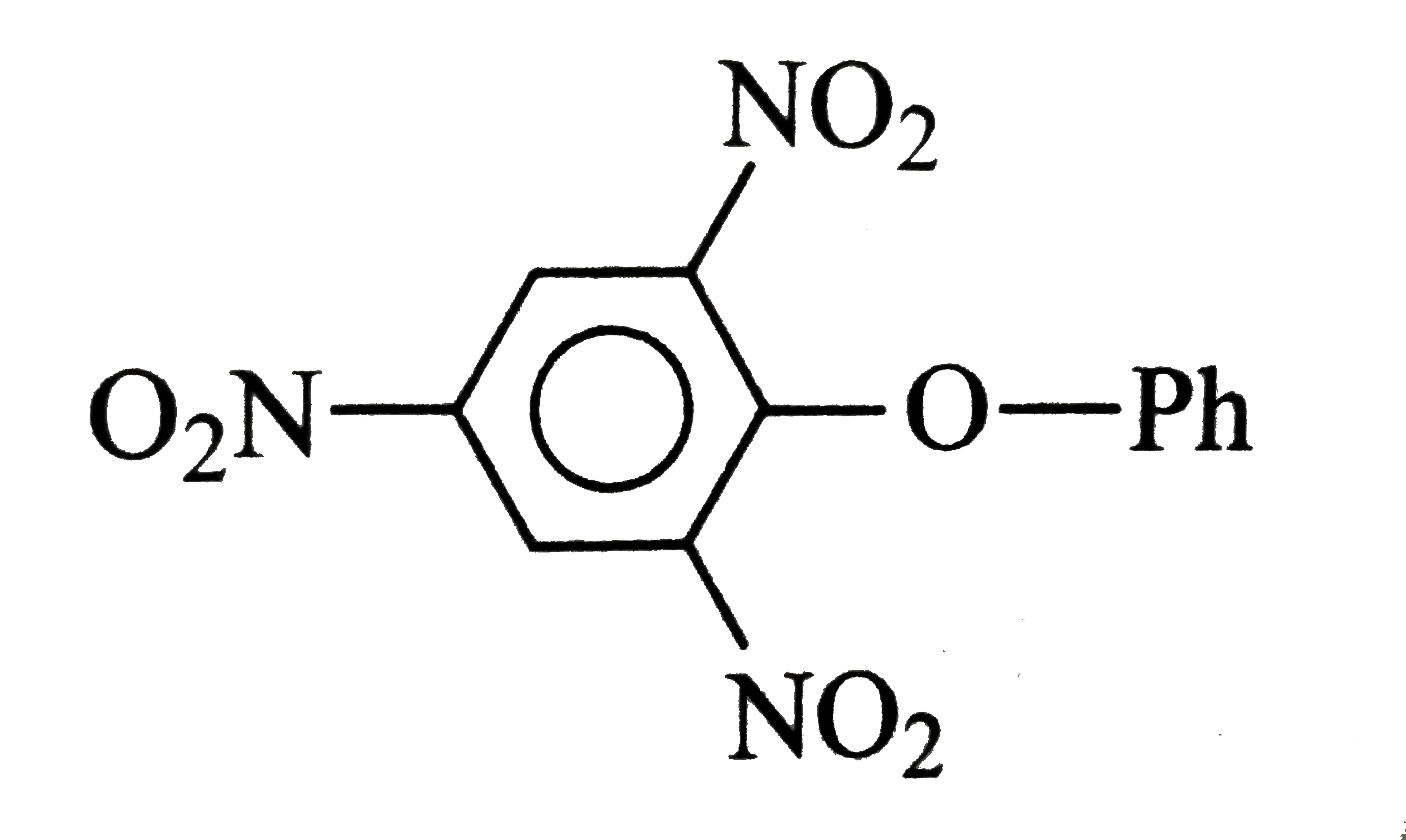
iii.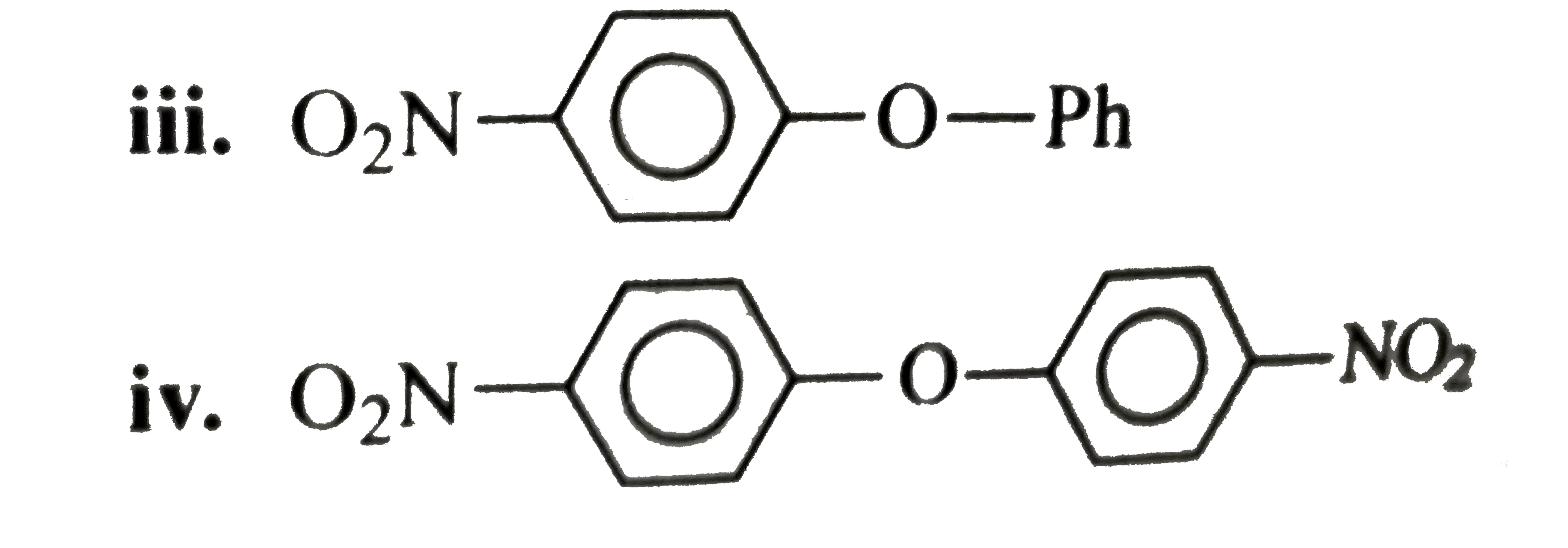
View SolutionCorrect order of basic strength is :- (I) CH_(3)-overset(O)overset(||)C-NH_(2) (II) C_(6)H_(5)-NH_(2) (III) H_(2)N-overset(NH)overset(||)C-NH_(2) (IV) C_(6)H_(5)-overset(O)overset(||)C-NHCHO
View SolutionFor the equilibrium :
I:C6H5COOH+H2O⇔C6H5COO−+H3O+,K1=6.30×10−5
II:C6H5COOH+OH−⇔C6H5COO−+H2O,K2=6.30×109
III:H2O+H2O⇔H3O++OH−,K3=?
K3 using above equilibria is:
View SolutionDecreasing order C-C bond length is (I) C_(2)H_(4) , (II) C_(2)H_(2) (III) C_(6)H_(6) , (IV) C_(2)H_(6)
View SolutionThe correct order of reactivity of the compounds
(I) C6H5H2(Br), (II) C6H5CH(C6H5)Br, (III) C6H5CH(CH3)Br, (IV) C6H5C(CH3)(C6H5)Br in the increasing order of reactivity in SN2 reactions is
View SolutionThe SN1 reactivity of the following halides will be in the order:
(i) (CH3)3C−Br
(ii) (C6H5)CHBr
(iii) (C6H5)2C(CH3)Br
(iv) (CH3)2CHBr
(v) C2H5Br
View SolutionGive the structure and IUPAC names of straight chain alkanes with molecular formula (i) C_(4)H_(10),(ii)C_(5)H_(12),(iii)C_(6)H_(14) .
View SolutionGive the decreasing order of following with their properties as indicated. A. Decreasing basic, mucliophllic and fugacity orders: a. I, H_(2)O , II. CH_(3)OH , III. O overset(o-)(H) , IV. CH_(3)O^(o-) b. I. H_(2)O , II. C_(2)H_(5) OH , III. O overset(o+)(H) , IV. C_(2)H_(5)O^(o-) c. I. HCO_(3)^(o+) , II. F^(o-) III. F_(3) C - COO^(o-) , IV. NO_(3)^(o-) B. The decreasing order of ArSN reaction: a. I. PhCl II. p-NO_(2) - C_(6)H_(4) - Cl III. 2,4,6- Trinitro chlorobenze IV. 2.4- Dintro chlorobenzene I. PhF II. p-NO_(3)S - C_(6) H_(4) - F III. p-HOOC - C_(6) H_(4) - F IV. I p-NO_(2) - C_(6) H_(4) - F C. I. PhCl II. p-NO_(2) - C_(6) H_(4) - Cl III. o-NO_(2) - C_(6) H_(4) - Cl IV. m-NO_(2) - C_(6)H_(4) - Cl C. The decreasing order of SE reaction: a. I. PhCl , II. C_(6) H_(6) III. PhCH_(3) , IV. PhOMe b. I. PhCH_(3) II. o-MeO-C_(6) H_(4) - Me III. m-MeOC_*(6) H_(4) - Me IV. p-MeO - C_(6)H_(4) - Me c. I. PhNH_(2) , II. PhNHCHOCH_(3) III. PhNHCOPh , IV. PhNHTs d. I. PhNH_(2) II. o-NP_(2) - C_(6) H_(4) - NH_(2) III. m-NUO_(2) - C_(6) H_(4) - NH_(2) IV. p-NO_(2) - C_(6) H_(4) - NH_(2)
View SolutionPredict the order of reactivity of the folloiwing compoundss in SN1 and SN2 reacations.
a. The four isomeric bromolbutanes
b. I. C6H5CH2Br
II. C6H5CH(C6H5)Br
III. C6H5CH(CH3Br
IV. C6H5C(CH3(C6H5)Br
View SolutionThe decreasing order of reactivity of the following compounds in SN1 reactions is _________.
(i) C6H5CH2Br (ii)C6H5CH(C6H5Br
(iii)C6H5CH(CH3Br (iv)C6H5C(CH3)(C6H5)Br
View SolutionWhich of the following ligands are of sigma -donor and pi - acceptor type? (i) C_(2)H_(2) , (ii) C_(2)H_(4) , (iii) CO, (iv) barCN , (v) (sigma - C_(3)H_(5)^(-))
View Solution
